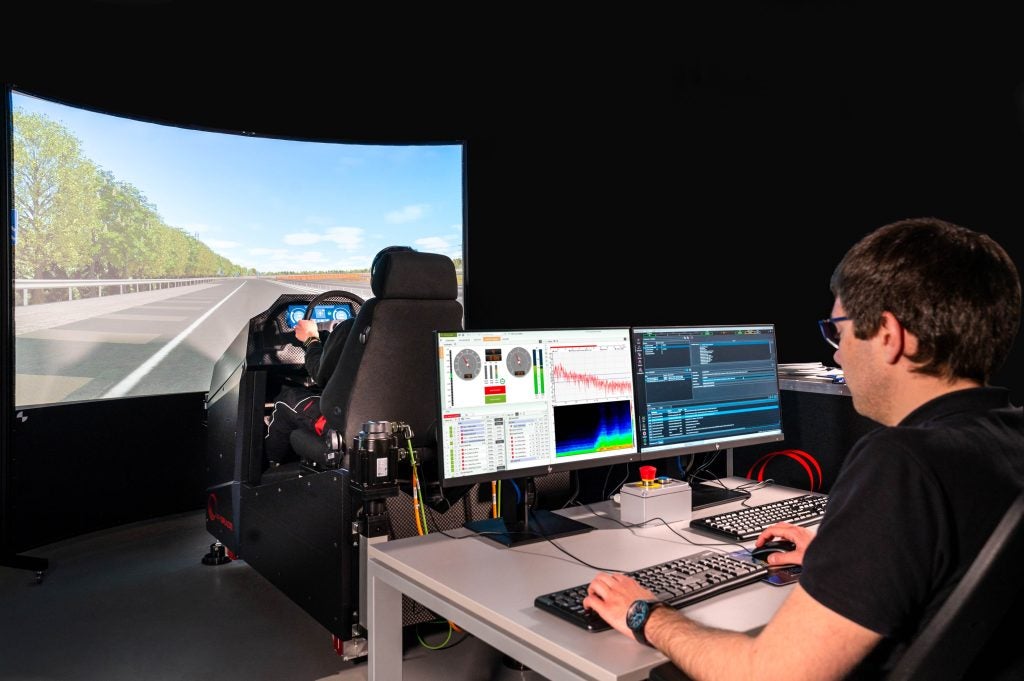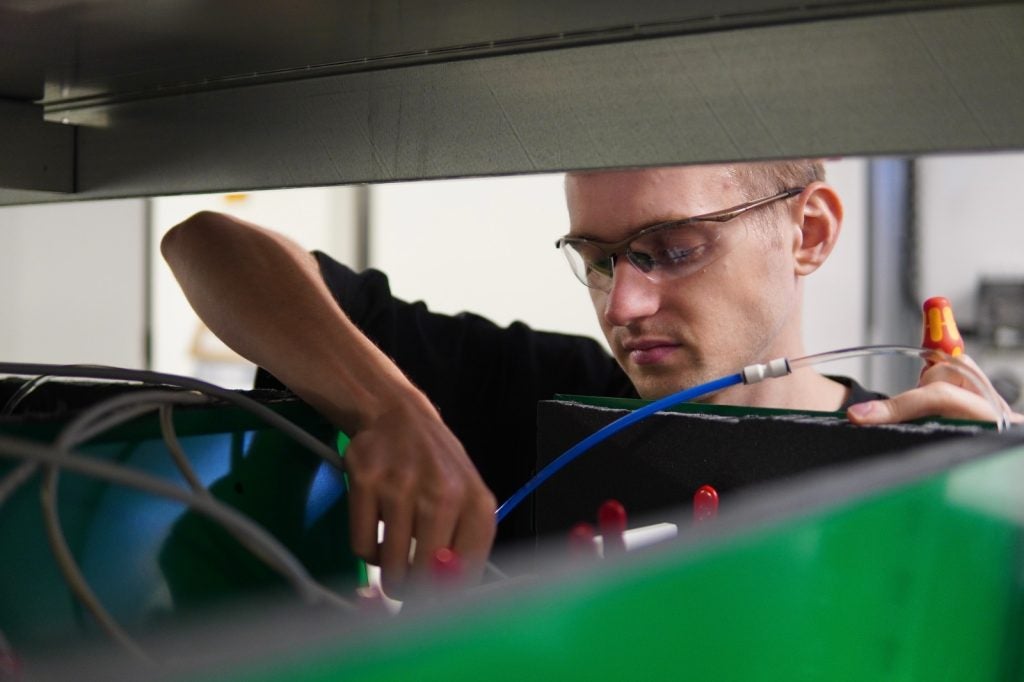FEV has developed a combined simulation and testing process for the optimisation of the thermal propagation behaviour in automotive battery packs.
The process can help to reduce the risk of injury and damage from battery cell thermal runaway, while also saving development time and cost.
Thermal runaway is a key safety aspect for hybrid and electric vehicles, with battery fires representing a threat to harm people, buildings and the environment. The first thermal propagation regulation is expected in January, 2021, with the GB/T 38031 standard in China requiring a minimum of five minutes of warning for vehicle passengers before fire from a thermal event extends beyond the battery pack or battery venting gas enters the cabin. Other markets and regulatory bodies are expected to follow soon.
“FEV’s simulation-based approach to optimise for battery thermal propagation is paired with our battery design and development capabilities as well as battery testing capabilities at our eDLP facility,” said FEV Group CEO, Stefan Pischinger.
“This positions FEV to support the entire thermal propagation development process.”
The simulation-based approach begins after key CAD dimensions and pack geometries are defined in the base development phase. FEV has created two customisable models for this purpose. Multi-physics simulation is used to produce a model to evaluate and optimise thermal runaway of one cell and propagation between battery cells, as well as between battery modules.
How well do you really know your competitors?
Access the most comprehensive Company Profiles on the market, powered by GlobalData. Save hours of research. Gain competitive edge.

Thank you!
Your download email will arrive shortly
Not ready to buy yet? Download a free sample
We are confident about the unique quality of our Company Profiles. However, we want you to make the most beneficial decision for your business, so we offer a free sample that you can download by submitting the below form
By GlobalDataThis model and its customisation for specific customer requirements allows for design optimisation and introduction of countermeasures such as heat barriers. In parallel, a second, fluid-based venting gas model is customised, which is used to assess and optimise the design of the venting paths, dimensioning of venting valves as well as the indication of critical busbar routing inside the battery pack.
The thermal and venting gas models are developed and then customised separately. Each model is validated further using physical test data. This testing approach is based on a step-by-step validation of cell to module to pack, whereas on pack level different dummy packs are used to evaluate the thermal propagation behaviour. The cascaded testing approach can be optimised if any data, for example, cell data, are already available. The advantage is that experimental data can be collected early in development without requiring the build of a fully functional battery pack, which saves time and cost.
After the models are validated with physical test data, the two models are then combined to create a coupled model, containing the thermal battery model as well as local heat transfer coefficients and fluid/gas temperatures from the venting gas model.
This combined model can be used for even more accurate and detailed simulation, which allows for a performance assessment and selection of optimised design parameters and variations. Finally, the design is tested and validated as a complete battery pack.
“Thermal propagation is clearly a safety concern for battery packs,” added Pischinger. “FEV is proud to lead the way in the development of simulation approaches to address thermal propagation early in the development process for our customers.”







